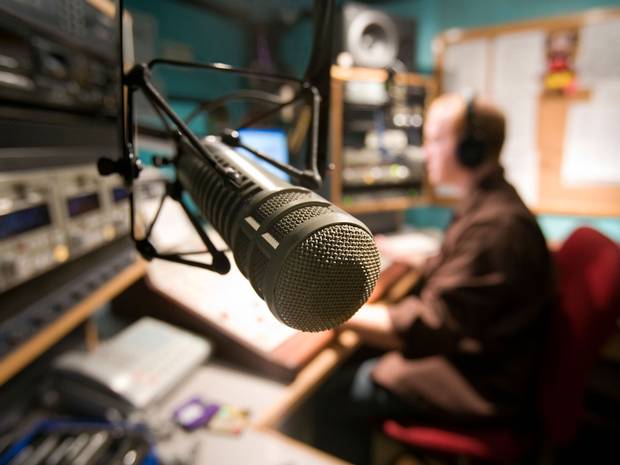Second screen is not just an additional screen to television. In the past couple of years, radio-techs and broadcasters have started to grasp on the potential of second screen also for the radio. We have seen a number of second screen apps designed for radio consumption, but the market is relatively untapped.
Similar to second screen in relation to television, second screen for the radio compliments this media channel. It functions in a similar way, enhancing interactivity between listeners and radio stations, serves to notify listeners in real-time, and presents more ad opportunities.

Photo source: The Independent
Bonding radio brands and listeners
Second screen facilitates the exchange of information between listeners and broadcasters and listeners in real-time. Interaction can occur via written text, photos, audio clips etc. This is possible across multiple devices and across multiple platforms.
Second screen technology includes tools that can assist radio program hosts with receiving feedback from listeners. A high level of listener involvement, which translates into receiving more-than-can-be-handled phone calls, is managed effectively through second screen, and more or all listeners can engage with the show.
The interaction that occurs via second screen technology has the potential to form a community around a radio brand. Second screen allows listeners to become involved within the community; fans of radio programs and stations can reach each other while also reaching the brand. Thus, second screen operates as a binding element, strengthening brand-listeners relationship.
Magnifying the reach, Delivering exclusive info and content
Radio broadcasters can offer exclusive information from important events through second screen. Whether it’s top news, major stories, a big game or an announcement, extra informational content can be delivered via second screen. This can also include video content, which cannot be made available on radio.
Creating audio content that stands out and delivering originality is just as relevant for radio as it is for anything else. iHeartMedia announced a number of cross-platform podcasts in April, centered around entertainment, news from the gaming industry, topics related content, thoughts from entrepreneurs, stories on and about artists etc. Broadcasters can distribute such types of content using second screen technology, which can subsequently be shared easily, engaging people anywhere in the world.
To more interesting options
As radio stations and broadcasters begin to understand the power of second screen and radio, we will be witnessing further creativity and radio innovations in the future. Second screen will go beyond helping users recognize a song on the radio. However, for that to happen, we need involvement, more interest and plenty of creativity.